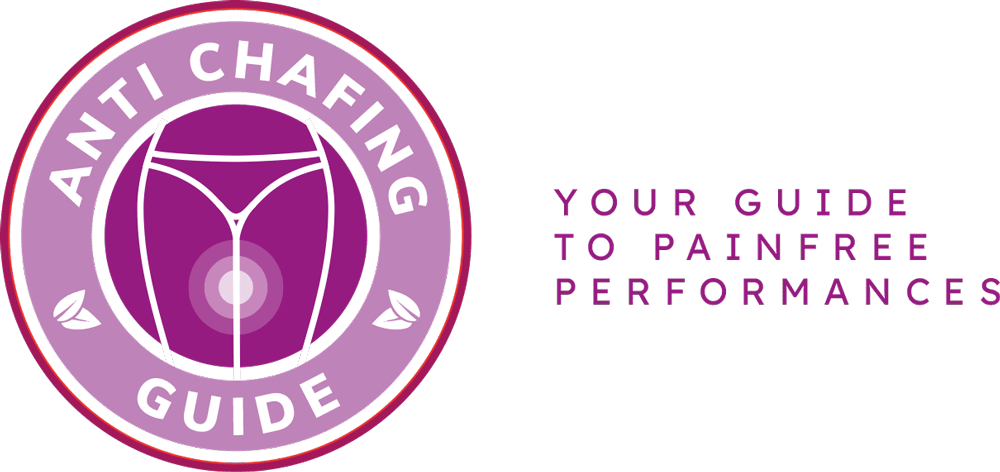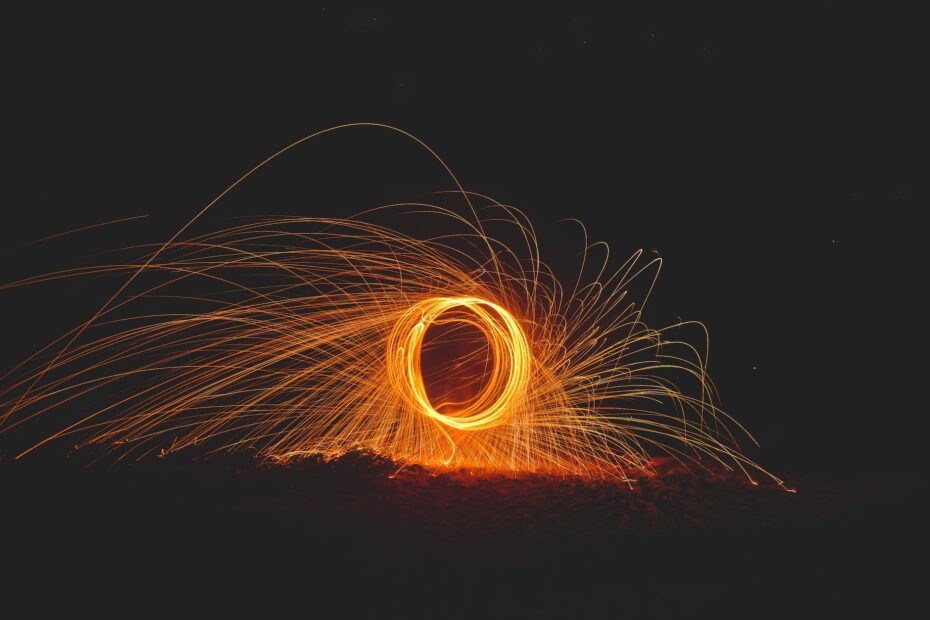Are you tired of dealing with the discomfort and pain caused by chafing rash? Look no further! In this comprehensive guide, we will dive deep into the world of specialized creams and ointments that can effectively treat and prevent chafing rash. Say goodbye to the friction and hello to relief!
Chafing rash can be a real nuisance, causing redness, irritation, and even blisters in the affected areas. But fear not, because there are remarkable creams available that can provide soothing relief and promote healing. Whether you’re an athlete, someone who works in a physically demanding job, or simply prone to chafing, these creams are your ultimate solution.
Join us as we explore the causes and symptoms of chafing rash, the common areas it affects, and why creams are an essential part of the treatment process. We’ll also delve into the different types of creams available, their ingredients, application methods, and their effectiveness in soothing and healing the skin. Get ready to bid farewell to chafing rash and embrace the comfort and relief you deserve!
Understanding Chafing Rash
Understanding Chafing Rash
Chafing rash, also known as friction rash, is a common skin condition that occurs when the skin rubs against itself or clothing, causing irritation and inflammation. It is often characterized by redness, soreness, and a burning sensation in the affected areas.
The causes of chafing rash can vary, but common triggers include excessive moisture, tight clothing, repetitive friction, and heat. Areas of the body that are prone to chafing include the inner thighs, underarms, groin, and nipples.
When it comes to treating chafing rash, creams play a crucial role in providing relief and promoting healing. These specialized creams are formulated with ingredients that soothe the skin, reduce inflammation, and create a protective barrier against further irritation. They help to alleviate discomfort, prevent infection, and speed up the recovery process.
By using creams specifically designed for chafing rash, you can effectively manage the symptoms and prevent future episodes. It is important to choose a cream that suits your needs and preferences, considering factors such as ingredients, application methods, and effectiveness. Consulting with a dermatologist can also provide valuable insights and recommendations.
In conclusion, understanding the causes, symptoms, and common areas affected by chafing rash is essential in finding the right treatment approach. Creams offer a convenient and effective solution for soothing and healing chafed skin, allowing you to experience relief and regain comfort.
Choosing the Right Cream
When it comes to choosing the right cream for chafing rash relief, there are several factors to consider. Different creams offer various benefits and it’s important to find one that suits your specific needs. Let’s explore the different types of creams available and what sets them apart.
1. Barrier Creams: These creams create a protective barrier on the skin, preventing further friction and irritation. They often contain ingredients like zinc oxide or petroleum jelly, which help soothe and heal the affected area.
2. Anti-inflammatory Creams: These creams are formulated to reduce inflammation and redness caused by chafing rash. They may contain ingredients like hydrocortisone or aloe vera, known for their soothing properties.
3. Moisturizing Creams: Chafing rash can leave the skin dry and damaged. Moisturizing creams help replenish lost moisture and promote healing. Look for creams with ingredients like shea butter or glycerin.
4. Antifungal Creams: In some cases, chafing rash can be accompanied by a fungal infection. Antifungal creams are designed to combat the infection while providing relief from the rash. They typically contain ingredients like clotrimazole or miconazole.
When applying the cream, make sure to clean and dry the affected area first. Gently massage the cream into the skin until fully absorbed. For optimal results, follow the instructions provided with the cream and consult a healthcare professional if needed.
Remember, finding the right cream may require some trial and error. What works for one person may not work for another. It’s important to listen to your body and choose a cream that brings you the relief and healing you deserve.
Frequently Asked Questions
- What is chafing rash?
Chafing rash, also known as friction rash, is a common skin condition caused by repetitive rubbing of the skin against itself or clothing. It often occurs in areas where skin folds or rubs together, such as the inner thighs, underarms, or groin.
- What are the symptoms of chafing rash?
The symptoms of chafing rash include redness, irritation, itching, burning sensation, and sometimes the development of small blisters or sores. The affected area may feel tender to touch and can be quite uncomfortable.
- How can specialized creams help treat chafing rash?
Specialized creams formulated for chafing rash provide a protective barrier on the skin, reducing friction and preventing further irritation. These creams often contain soothing ingredients like aloe vera or chamomile, which help calm the skin and promote healing.
- Which cream should I choose for chafing rash?
Choosing the right cream depends on the severity of your chafing rash and personal preferences. Look for creams that are specifically designed for chafing rash and contain ingredients like zinc oxide or petroleum jelly. It’s also important to consider the application method and whether the cream is suitable for your skin type.
- How often should I apply the cream?
For effective relief, apply the cream to the affected area as needed throughout the day. It’s recommended to apply the cream after cleansing the area and ensuring it is dry. Follow the instructions provided with the cream for the best results.
- Can chafing rash be prevented?
Yes, chafing rash can be prevented by taking certain precautions. Wearing loose-fitting clothing made from breathable fabrics, using talcum powder or anti-chafing balms, and keeping the affected areas clean and dry can help reduce the risk of developing chafing rash.


Keith is originally from Truckton, Colorado. The 54-year-old cared for his overweight wife for many years. Keitch is also a freelance editor at antichafing.net and supports the team as a competent advisor. In his spare time Keith enjoys reading books, visiting his homeland and is a passionate product tester for well-known manufacturers.

